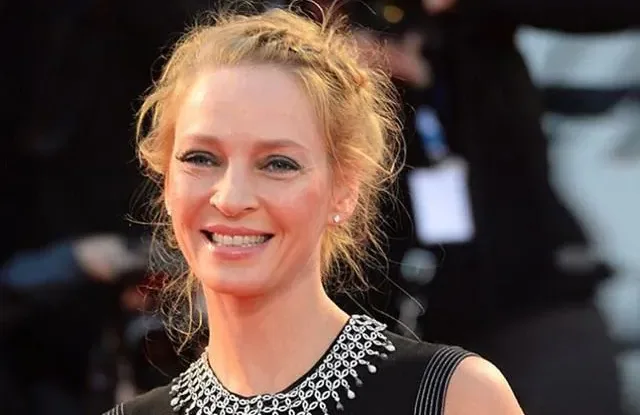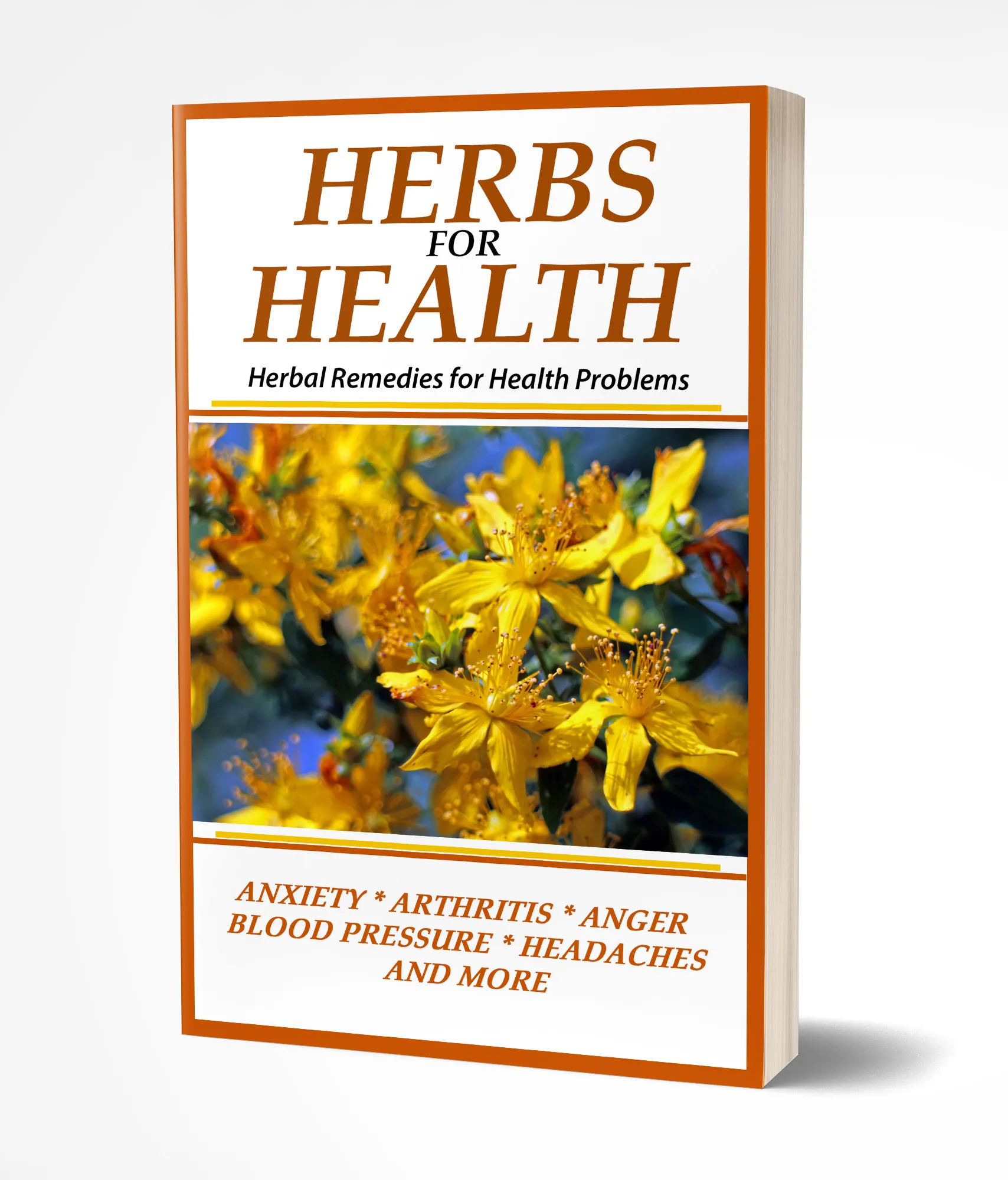What are some of the best bird food for wild birds? Birders feel a sense of pride when they see a variety of colorful and agile birds visiting their feeders. You’re contributing to their survival, plus it’s a wonderful sight to see these beautiful creatures in your yard.
There are many food sources available for wild birds and picking the right one can ensure you attract your favorite birds.
We want to make a distinction between wild bird and pet bird foods, they are very different.
Wild birds are pickier and demand specific food sources. If you aren’t accommodating, then you may have a lot of wasted food in your feeder, or the birds will simply move on to someone else’s yard.
This list will cover the best bird food along with the wild birds that this feed also attracts and is suitable for.
Also an extensive FAQ and guide with other important information.
By the end of this, you’ll know exactly which seeds or other food sources you need to make your backyard bird feeder the communal hotspot for attractive birds.
10 Best Bird Food Types for Wild Birds
Best Bird Food for Wild Birds #1. Corn
Corn comes in two varieties and the type largely depends on whether you want to attract bigger or smaller birds. In either case, the nutritional information is the same. This is also a highly affordable food source that is quite popular.
Nutritional information: 5% fat, 9% protein, 74% carbs.
Birds attracted to Whole Corn: crows, ducks, jas, and grackles,
Here’s another food source that you can enjoy right alongside your favorite birds. The major distinction between whole kernel corn and cracked corn (the other variety) is size. This type is much larger, so expect to attract larger birds.
While we’re primarily concerned with birds here, corn will also attract mammals like raccoons, squirrels, and rabbits. That’s not a bad thing, it actually allows you to see this interesting menagerie as they play, eat, and have fun. Before moving on to the next delightful option, if you’re all about animals and birds and itching to make our planet a safer place for them, why not share your thoughts? Dive into the fun of connecting with fellow animal lovers on platforms like Instagram with a little help from the SocialWick team!
Cracked Corn
Birds attracted to Cracked Corn: cowbirds, jays, juncos, towhees, sparrows, starlings, ravens, magpies, crows, doves, blackbirds, grackles, quail and much more.
This is exactly the same as whole kernel corn, the only difference is the kernel has been chopped up. This allows smaller birds, like doves, to feast on this tasty food. Cracked corn is a common additive to make birdseed mixes.
Many birds love this food and will go crazy over it. Much like sunflower seeds, you can expect to attract many of the birds in your surrounding area.
Best Bird Food for Wild Birds #2. Peanuts
Much like with sunflower seeds, you can choose to put out peanuts either with or without their shell. This changes which birds you attract, so we’ve added a separate section for each. In either case, peanuts are very healthy for birds and have the fat and protein they need to keep up their energy (especially in the winter!).
Be sure to use roasted, unsalted peanuts in either case. You don’t want to give your birds too much salt and make them sick.
Nutritional info (for both): 49% fat, 26% protein, 19% carbs.
[amazon box=B08M7J3YSF]
Birds attracted to Peanuts: jays, crows, grackles, magpies, some woodpeckers, and persistent titmice and chickadees (they work hard to crack that shell).
Peanuts with their shell still attached are good for keeping away certain birds. Smaller, weaker birds often can’t crack the shell and will move on to easier food sources. Aside from being a healthy calorie source for birds, this is great for attracting larger and stronger birds that are often turned off by smaller seeds and foods.
This is a popular food source, so expect birds to immediately start eating them.
Birds attracted to Shelled Peanuts: cardinals, grosbeaks, chickadees, jays, grackles, nutcrackers, nuthatches, titmice, starlings, titmice, cowbirds, magpies, crows, and ravens
If you’d rather attract a wide array of birds, then shelled peanuts are perfect. They are much easier to eat without the shell and provide the same stable fats and proteins birds need to survive. You’ll find that many birds will flock to your feeder for a chance to taste that lovely peanut flavor.
Many people will chop up peanuts and add it to other seeds or suet for a blend that birds can’t stay away from. It’s a versatile food source that birds love.
Note: Can spoil faster without the shell, especially if wet, but they’re so popular it’s unlikely they’ll stay around long enough to go bad
Best Bird Food for Wild Birds #3. Mealworms
Birds attracted to mealworms: bluebirds, chickadees, titmice, nuthatches, starlings, and wrens.
Mealworms come in live and dried varieties. Since they attract the same birds, we are putting them in the same section. However, we’ll be sure to discuss their differences here. Due to their high fat and protein amounts, this is a great food source that many birds love. This is especially great if you want to attract bluebirds as they’re sure to flock to your feeder.
You might be worried about handling live mealworms. Many people think they’re slimy and gross. However, the truth is that you’ll get this in a plastic container that you keep in the fridge. Once cold, the mealworms become dormant. They can survive for several months like this, plus you don’t have to worry about them wriggling around.
Dried mealworms are more convenient because they also last for months, but you don’t have to keep them in the fridge.
Nutritional information (live): 22% fat 18% protein, 2.5% carbs.
Nutritional information (dried): 32% fat, 49% protein, 6.9% carbs.
Best Bird Food for Wild Birds #4. Suet Bird Food
Birds attracted to Suet: nuthatches, chickadees, woodpeckers, and starling.
While the birds above are most attracted to suet, we want you to know that this is a popular food source for many birds in the winter. Suet comes from the fat around the loins and kidneys of sheep and beef. As such, it gives birds the fat they need to survive through the winter (or any other season).
Some people get suet from their local butcher, but the problem is that the suet is rarely shaped to fit into feeders. Packaged suet for birds often comes in four different shapes: balls (golf ball size), nuggets (marble size), cakes (about 4.5” in diameter), and plugs (log shaped).
You can buy suet by itself or combined with other foods like nuts, corn, seeds, grains, and so on. The blend might change which birds you attract.
Note: perfect during the colder months when birds need energy the most.
Best Bird Food for Wild Birds #5. Sunflower Seeds
Sunflower seeds are one of the most popular and versatile foods for wild birds. Dozens of bird species are attracted to sunflower seeds, but you have to know which seed to use. There are three sunflower seeds and each one is slightly different. We’re going to break them down so you know which is right for your feeder.
Birds attracted to Striped Sunflower Seeds: cardinals, chickadees, grackles, titmice, nutcrackers, woodpeckers, and jays.
Black-Soil Seeds
Do these sunflower seeds look familiar? They should, they’re the exact same sunflower seeds that humans eat. Unlike black-oil seeds, that are known for having a thin shell that almost any bird can crack, striped sunflower seeds have a slightly thicker shell. This means that some birds don’t feed on these shells, but that can be a good thing.
Black-oil sunflower seeds attract many sparrows and finches. If you’re looking to attract more cardinals or nuthatches (who are strong enough to crack the shells), then striped seeds are better.
Whether by itself or mixed with other seeds, this food source is amazing to attract many birds. It’s a little more discriminating than black-oil sunflower seeds, but that can be a good thing depending on your preferences.
Nutritional information: 26% fat, 15% protein, 18% carbs.
Birds attracted to Black-Oil Sunflower Seeds: cardinals, chickadees, finches, grosbeaks, juncos, jays, nuthatches, nutcrackers, woodpeckers, titmice, sparrows, doves, blackbirds, grackles.
Most birders speak of black-oil sunflower seeds as if this is the Holy Grail of birdseed. It’s easy to see why. Very few bird species don’t like these seeds as you can see from the list above.
The “black-oil” moniker isn’t just because these seeds are a shiny black color. These seeds were developed for their high fat and oil content. However, it was soon discovered that birds went absolutely wild over these seeds. The shell is soft and makes it simple for birds to get to the tasty innards.
If you want a food source that will attract almost all the birds in your area, then Hulled Sunflower is the seed for you.
Nutritional information: 40% fat, 16% protein, 20% carbs.
Birds attracted to Hulled Sunflower Seeds: cardinals, chickadees, finches, grosbeaks, juncos, jays, nuthatches, nutcrackers, woodpeckers, titmice, sparrows, doves, blackbirds, grackles, wrens, goldfinches, towhees, and many, many others.
Remember when we said that black-oil sunflower seeds are popular because their shells are easier to crack? Hulled sunflower seeds already have the shells removed. This means that ANY bird can eat these seeds. About the only thing you won’t attract are birds of prey.
Not only are these exceedingly popular with birds, but there’s almost no mess to clean up. The other sunflower seeds will often result in shells being tossed around as the birds crack them open. Hulled sunflower seeds are eaten in their entirety, so there’s very little mess left over.
These seeds cost more by weight, but that’s because you’re not paying for the shell (unlike the other sunflower seeds). This is the ideal food if you want to attract a large variety of bird species.
Hulled sunflower seeds are typically striped seeds without the shell, so they should have similar nutritional info. However, be sure to check the package for specific information.
Best Bird Food for Wild Birds #6. White Proso Millet
Birds attracted to White Proso Millet: blackbirds, doves, grackles, juncos, towhees, and sparrows.
White Proso millet is a beloved food source for many ground-feeding birds. These small white seeds will attract many birds that can be difficult to get with other seeds and foods. If possible, get this seed by itself. Many mixes contain red millet, which isn’t nearly as popular as the white variety.
On top of that, millet is much higher in carbs than other food sources here, which can be great for certain birds. It’s ideal if you love seeing cute ground feeding birds hopping around and enjoy the tasty treat you put out.
Nutritional information: 4% fat, 11% protein, 73% carbs.
Best Bird Food for Wild Birds #7. Nyjer Seed (aka Thistle)
Birds attracted to Nyjer: finches (goldfinch, purple, house), chickadees, doves, pine siskin.
If you love finches, especially goldfinches, then Nyjer is the best wild bird food for your needs. Finches have smaller beaks and tend to eat smaller seeds. Nyjer just so happens to be the perfect size for them. These tiny black seeds primarily grow in India and Ethiopia and are popular among finch lovers.
While sometimes called thistle, Nyjer isn’t actually related to true thistle, which is a good thing. True thistle can be dangerous and grows into an annoying weed. This seed is only called thistle, but they’re two completely different seeds.
This is a specialty seed for attracting specific birds rather than everything in the area. Pick this specifically for finches and other birds that love this seed.
Nutritional information: 36% fat, 21% protein, 13% carbs.
Best Bird Food for Wild Birds #8. Safflower Seeds
Birds attracted to Safflower Seeds: purple and house finches, cardinals, grosbeaks, chickadees, titmice, doves, and nuthatches.
Safflowers are a smaller seed with a tough shell. Sometimes called the “miracle seed,” this food is particularly effective at keeping away pests. Squirrels and blackbirds can steal your food and even bully other birds away from your feeder. Safflower seeds are rarely eaten by these animals, so you can expect to only see your favorite birds at the feeder.
If you want to attract chickadees, cardinals, or finches, then this seed is ideal. It keeps away pests and other birds you may not want to see while ensuring your favorite birds have a private seat at the party.
I know it sounds like way too many benefits for one seed, but it’s true and many birders have had the same result. Give safflower a try and see if your experiences match up.
Nutritional information: 38% fat, 16% protein, 34% carbs.
Best Bird Food for Wild Birds #9. Fruit Feed for Birds
Birds attracted to Fruit: orioles (fresh and jelly), robins, bluebirds, waxwings, mockingbirds (dried).
Fruit is an effective food source for some wild birds. Orioles are naturally attracted to the color orange. Guess what? Orange slices are also one of their favorite foods. They also love jelly, especially grape jelly. Many oriole feeders are made to accommodate both these foods.
Dried fruit, like raisins and cranberries, are popular among other birds like robins and bluebirds. Dried fruit is also more resistant to rotting and going bad when compared to jelly and fresh fruit.
You can put out any fruit you want, but we suggest using the ones listed here because they are the most effective. The nutritional info can vary wildly depending on which fruit you use, but they’re all carb-heavy.
Note: Fresh fruit and jelly can spoil quickly on hot summer days, so be mindful and change it before it spoils too much.
Best Bird Food for Wild Birds #10. Nectar (Sugar Water)
Birds attracted to Nectar: hummingbirds and orioles.
Nectar may not attract as many birds as the other food sources here, but these birds are so beautiful that many birders dedicate their feeders to hummingbirds and orioles. Both these birds have a notorious sweet tooth and they need nectar to keep up their energy.
Making your own nectar is simple. Just combine 4 parts water with 1-part sugar. Use warm water, stir to combine, and then add to your feeder. We have a handy Hummingbird Food Guide to answer all your questions about nectar.
If you want to attract colorful and active birds, then this is exactly what you need. It’s a simple but effective food to see the best birds out there.
Nutritional Information: 0% fat, 0% protein, 20% carbs.
Frequently Asked Questions
How to Make Wild Bird Food?
This is a broad question, but we’ll give you a short and direct answer. The great thing about wild bird food is that you can mix together just about anything and attract birds. It all depends on what you want to attract.
We would suggest making sure that the birds get along. For example, you may not want to use hulled sunflower seeds and peanuts with their shells still on. That’s because you’ll have bigger birds coming in and bullying the smaller ones. Just make sure the birds get along.
In terms of nectar, simply combine four parts water and one-part sugar. It’s really that simple. For suet, you can take actual suet or other fat sources (vegetable shortening, bacon drippings, lard, etc.), melt it, strain the liquid, and place it in a mold. Let it cool and you’re all finished.
Where to Buy Wild Bird Food in Bulk?
Some people visit their local bird and pet shops, but we prefer shopping online for bulk buying. First of all, most pet shops don’t have huge bulk bags that you need for year-round feeding. Plus, online stores make it easy to compare prices, get all the food you want, and most orders will have free shipping. Make it easy on yourself and just buy online.
Can Parakeets Eat Wild Bird Food?
Wild bird seed can be used in moderation as a treat, but it shouldn’t be their staple food source. This is especially true for high-fat seeds like sunflower seeds. Feed them their well-balanced parakeet food to ensure proper health and use wild bird food on special occasions.
Can Chickens Eat Wild Bird Food?
Chickens absolutely love corn and some other food sources here. However, since chickens lay eggs all year-round, they need balanced nutrition that wild bird food can’t quite accommodate. Once again, perfect as a treat that they’ll love, but not as an everyday food.
Can Bird Seed go Bad?
Bird seed goes bad if it’s out too long or it gets wet. This can result in mold, bacteria, or fungi growth that can be dangerous to wild birds. Plus, wild birds are surprisingly picky eaters and won’t visit your feeder if the food has gone bad.
How Often Should I Change Wild Bird Food?
Some foods need to be changed more often than others (like jelly compared to seeds). In general, most bird foods last about 5-7 days. Even if the food doesn’t look bad, it’s on its way out. Clean and refill the feeder to keep everything good. Sugar-heavy and fat-heavy foods might go bad faster.
What Birdseed Should You Avoid?
Many birdseed mixes contain additives that wild birds don’t like. Birds are very picky, so they’ll throw the food aside without any regard. We’re going to list some of the foods that bids simply don’t like:
-Milo/Sorghum: Only a few ground-feeding birds like turkeys, pheasants, or quails eat this. Every other bird will just throw it to the side. Some people confuse this with white millet since they look similar, but white millet is good for birds
-Oats: Only starlings and grackles like oats, every other bird hates this
-Canary Seed: This is good for pet food, but not for wild birds
-Wheat, Other Grains: Most wild birds don’t eat wheat. Pets might after enough coaxing, but wild birds tend to avoid it
-Other Fillers: rice, golden and red millet, flax, rapeseed, and buckwheat.
Can Budgies Eat Wild Bird Food?
Budgies are another name for parakeets. Wild bird food is great as a treat, but often has too much fat for them. You don’t want an obese budgie, do you? Perfect as a treat, but it’s the same as pie or ice cream for people.
Can Cockatiels Eat Wild Bird Food?
Using a proper amount of corn, seeds, and grains is healthy for cockatiels, so they can have some wild bird food. However, be mindful that they primarily eat cockatiel-specific food to keep them healthy.
Can Parrots Eat Wild Bird Food?
Wild parrots love seeds and nuts. However, wild parrots often need more fat-heavy foods like this because they are foraging and they don’t know when they’ll get food again. Wild bird food is a fantastic treat, but keep them on their specific parrot food.
The post Best Bird Food for Wild Birds 2024 Update appeared first on Heal How.








